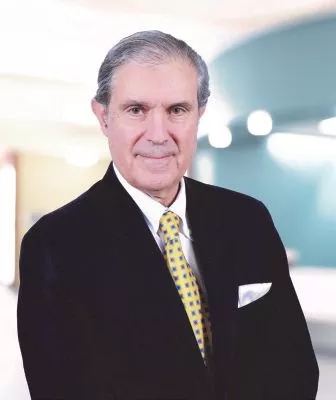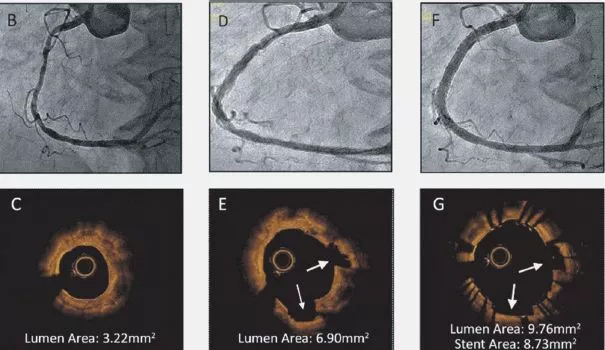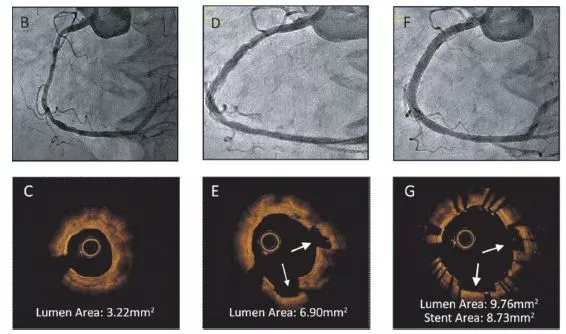Better Together? An Integrated Market for Calcium-modification Strategies
An Integrated Market for Calcium-modification Strategies
Rather than a binary choice—atherectomy or lithotripsy—the market for treating severely calcified lesions seems likely to evolve into a mixture of both technologies. That, in fact, is already occurring. One strategy gaining currency among interventionalists, particularly those in Europe, is to try a high-pressure balloon first in cases of moderately severe calcification and, if the device fails to fully expand, re-enter the vessel with atherectomy.
Another integrated approach is known as “rota-tripsy.” Explains Dean Kereiakes, MD, co-principal investigator of DISRUPT CAD III, “You can’t use intravascular lithotripsy unless you can get the catheter across the lesion, and there are some lesions which imaging like OCT tells you can’t be crossed. For lesions that can’t be crossed with a balloon, I use Rotablator. I like having both technologies in my portfolio and look upon them as being complementary.”
Reinforcing the evolving mixedmarket approach are the results of a recent study that combined rotational atherectomy with Shockwave IVL for treating severe femoral and iliac artery calcified disease. The study found the combination of technologies, followed by an adjunctive drug-coated balloon, to be safe and effective (Cardiovasc Revasc Med 2021;22:66-70).
As for the cost to the healthcare system, IVL’s price tag makes atherectomy look like a bargain. Kereiakes says Rotablator is the least expensive of the technologies. Orbital atherectomy costs more than $2,000, while Shockwave’s catheter will carry a standardized national price of $4,700.
ROOM FOR GROWTH
Where Kereiakes sees IVL excelling, though, is through what he calls its “pan-vascular” versatility. Alternative access through the iliac is one such procedural route for TAVR already gaining in popularity, he observes, adding that it could eventually spread to 10 percent of the TAVR market. Another alternative access channel he envisions is stenotic subclavian arteries. Shockwave could even become a facilitating technology for implanting the Impella heart pump (Abiomed).
“Shockwave can really help you anywhere on the vascular tree,” Kereiakes maintains. “Never before in our history as interventionalists has vascular calcification been a bigger problem because of aging patients and the epidemic of diabetes and chronic kidney disease. In addition, there’s never been more of a need for large-bore catheters across a range of access points. That’s a perfect storm.”
Experts interviewed by CVB see calcium-altering technologies as still in their infancy. “IVL is essentially a prototype device and it’s only natural we’ll see improvements in the engineering that will result in lower profiles and better deliverability,” predicts Michael Savage, MD, of Thomas Jefferson University Hospital. To that point, Kereiakes believes refinements to Shockwave system’s balloon catheters will be needed to “make them more slick and user friendly.”
“I like having both [IVL and atherectomy] technologies in my portfolio and look upon them as being complementary. ” Dean Kereiakes, MD The Christ Hospital Heart and Vascular Center, Cincinnati
On a broader scale, the ability of IVL to live up to the considerable hype is still an open question. Ajay Kirtane, MD, SM, of Columbia University Medical Center, puts the issue into perspective: “We don’t have robust, longer-term data or comparative data on lithotripsy yet. As such, we don’t know right now which cases are better for lithotripsy, which are better for atherectomy and which might be better for conventional balloons or even a combination of devices. What we do know is that any technology that enables us to treat difficult lesions more effectively and safely is going to have a place in our toolbox.”


